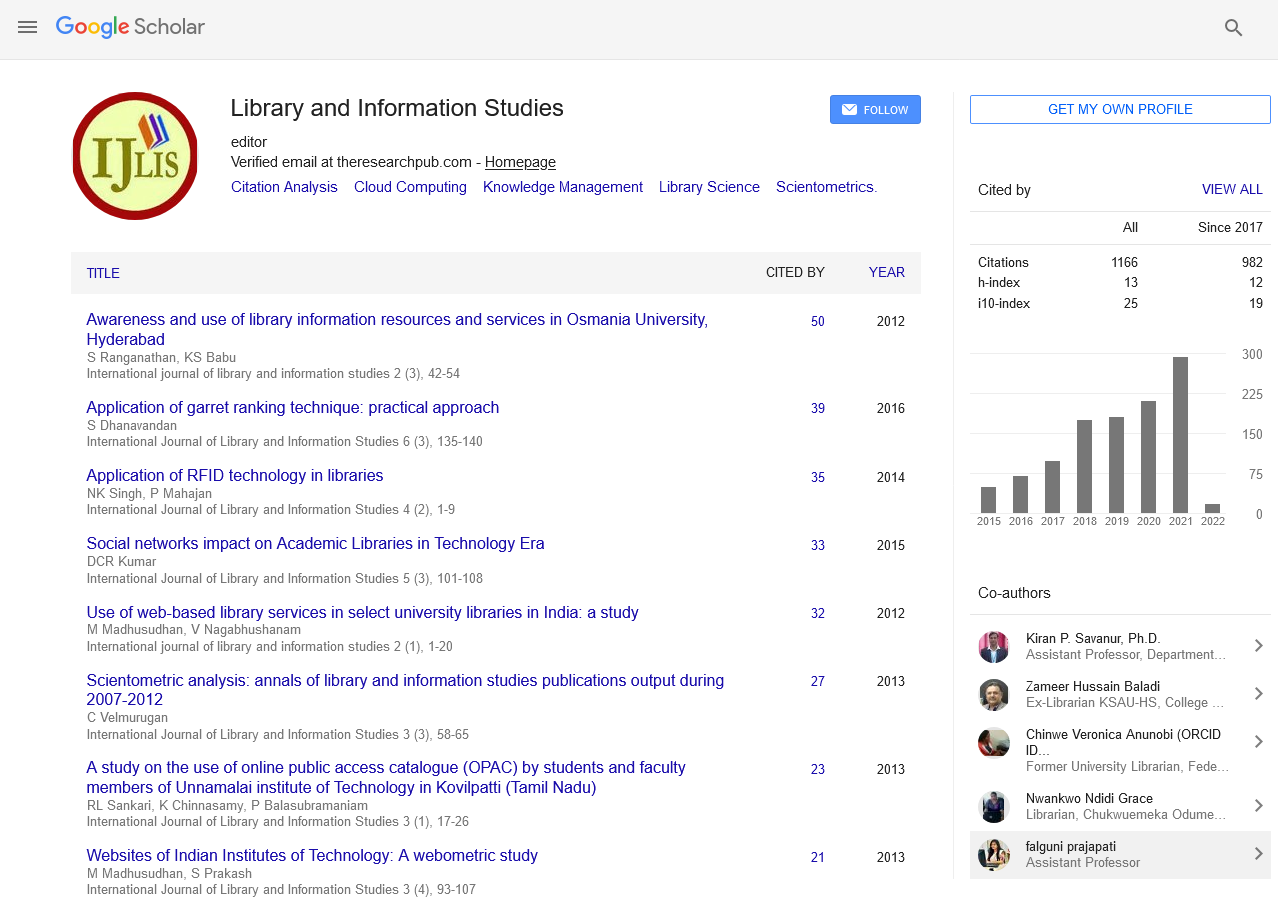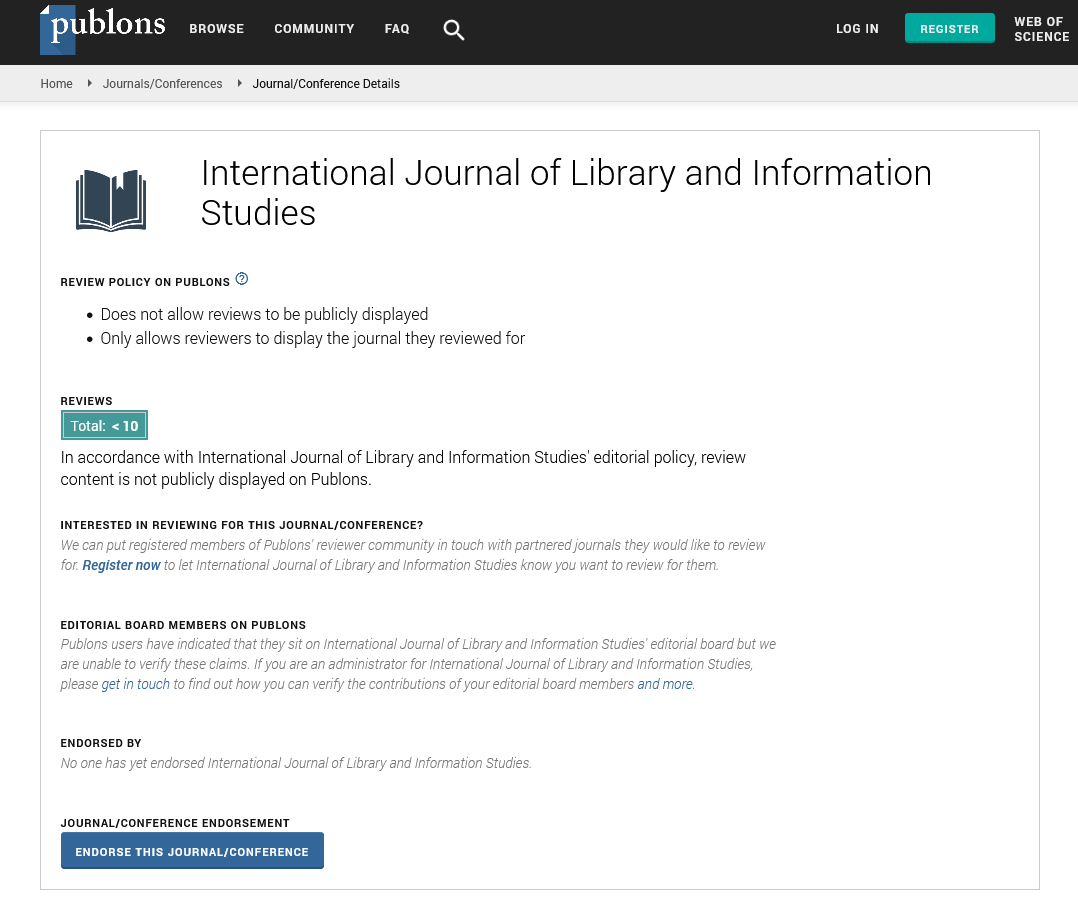Review Article - (2022) Volume 12, Issue 4
Impact of Virtual Classes on Technical Education during COVID-19 Pandemic: A Study
Prathibha. S. N* and Shilpa Rani. N. R*Abstract
It is evident that, virtual learning is an exceptional substitute to classroom learning. Online learning is new normal/inevitable to avoid academic interruptions. However absence of synchronous teaching creating gap in learning process, online teaching is the only mechanism to reach students. E-learning offers abundant freedom, comfort and flexibility to teachers and students. The present study examines the impact of virtual classes on learners during COVID-19 pandemic. For which, online survey conducted to obtain data from Nitte Meenakshi Institute of Technology (NMIT), Bengaluru. 330 online questionnaires are administered to different branch students of NMIT. 301 responses received and findings shows that majority of the students are comfortable to attend online classes to avail more advantages like flexible timings, easy access to study materials, and quick answers to their queries from their faculty, etc. This study recommends that, there is a need to train students and faculty in use of online platform tools and up gradation of IT infrastructure to deliver uninterrupted virtual classes.
Keywords
Virtual Classroom, Technical Education, E-learning, Synchronous learning, COVID-19, WebEx.
Introduction
COVID-19 has been announced as a global pandemic. It impacted all walks of life, comprising health, economy, social spheres, and education. As a result, Schools, colleges, and universities were forced to shut. This closure puts a significant problem on the academic educational institutions to cope with the unexampled shift from the traditional classroom to virtual classroom. The most educational institutions around the world have moved their teaching and learning activities to online mode (Naji, et al., 2020). In the absence of traditional classroom teaching and one-on-one interaction, computer-based learning has emerged as the closest counterpart for off-line instruction. Through innovative and learning management systems, computer technology is functioning as a solution for the continual learning process through this quarantine period. The efforts of users, like teachers, scholars and institutional executives are on for the best use of the computer technology and effective learning process (Mansor, et al., 2012).
A virtual classroom is an online learning environment, generated by the internet, computers, and advanced video-conferencing device in which either one teacher (for remote learning) or the students (for distance education) are not physically present in the classroom at the same time. The virtual classroom is an instrument for providing live e-learning. It’s also known as "Synchronous E-learning." The fundamental distinction between face-to-face and virtual classroom training is that the latter uses the Internet to provide content live with persons who are geographically distant. Terms used to describe the delivery format of virtual learning are- E-learning, Internet learning, distributed learning, networked learning, tele-learning, or webbased learning, etc (AlAteeq, et al., 2020).
Review of Literature
Khan opined that the fundamental aim of the virtual classes is to decrease the learning gap that created due to lockdown (Khan, et al., 2021). Students and academic institutions all around the world have embraced and welcomed the online learning platform. Ease of use, learning mobility, and customizable situation are the reason for its acceptability. Now, in the midst of a pandemic crisis, most academic educational institutions are looking into and embracing Elearning to make it easier for learners to adapt to their new normal. Educators and instructors are also trying to introduce numerous e-teaching tools in order to deliver the most accessibility for their learners. In this connection, author his study to explore the perception of e-learning during the COVID-19 lockdown period.
Sirajudeen et al., (2021) highlighted in their study that, online classes were started too early (59.8%), many of respondents had no prior experience about virtual classes (63.4%). Hence they have stated major hurdles like inadequate network access (32.3%), lack of understanding of online platforms (29.9%), and meagre audio/video quality (26.3%) etc. It also focused on the influence of online education in psychological stress, study discipline, living status, and quarantine history of respondents.
Koh and Wong conducted a study to examine the students' awareness of online learning and the university's engagement through the COVID-19 pandemic (Koh and Wong, 2021). According to the study, the pandemic has had a modest impact on their academic plans, with 84% eager to re-enrol for the term and remaining only 6% preferring to wait out the pandemic. The frequency of time spent on finishing assignments has grown (52%) associated to the earlier term, however students have expressed anxiety around keeping up with class work in an online learning situation (56% ).Although the fact that the most of learners associate online learning with being worried (49.6%), distracting with (31.6%), and remaining nervous with (24.3%), the results show that 49% of learners appreciate the university's work in their educational inventiveness, subsequently 31% who are grateful for the management's timely updates and hardship fund, and 20% who are grateful for the university's effort in their academic initiative (Pan and Sullivan, 2005).
Giray the goal of their paper is to learn more about CE/SE UG students' e-learning experiences. This study highlighted that; the respondents used video recordings extensively for e-learning and found them useful but indicated face-to-face lectures to be more useful than digital live lectures (Giray, 2021). They found that usage of external online resources for their academic is being increased during this period. Many respondents opined that, the materials and methods practiced for assessment should be reformed further to improve virtual learning (Bandaya, et al., 2014).
Borges conducted research to investigate learners' perceptions of online learning in the context of a COVID-19 pandemic (Borges, 2021). Learners from two Portuguese Polytechnic Institutes are the focus of this study (Portalegre and Beja).An anonymous and voluntary online survey questionnaire was given to UG engineering students at the two institutions. This research not only indicated that online learning is advantageous through the COVID-19 epidemic, however it besides shed light on the convenience of internet connection, laptops, and mobile phones (Alawamleh, et al., 2020).
Objectives of the study
The main objectives of the study are:
• To know the type of application tools prefer to use for online classes.
• To examine the time spent for online classes among the students.
• To study the satisfaction level of the students on virtual classes.
• To evaluate the challenges faced by the students in adapting to the online classes.
• To identify the problems encountered by the students while virtual classes.
• To suggest the improved measures based on the findings of the study.
Methodology
This research used a questionnaire-based survey method. A well-structured online questionnaire was designed to collect data from Nitte Meenakshi Institute of Technology (NMIT), Bengaluru. 330 online questionnaires were shared to Under Graduate and Postgraduate students of NMIT, Bengaluru, out of which 301 duly filled in questionnaires, were received. The impact on higher education has been dramatic and transformative and a common trend in education systems around the world has been to respond to the pandemic with “emergency eLearning” protocols, marking the rapid transition from face-to-face classes to online learning systems. E-learning tools have played a crucial role during this pandemic, helping schools and universities facilitate student learning during the closure of universities and schools. The use of suitable and relevant pedagogy for online education may depend on the expertise and exposure to Information and Communications Technology (ICT) for both educators and the learners.
Results and Discussion
Data analysis and interpretation
The collected data were classified, analyzed and tabulated by using MS Excel. Analyzed data presented in tabular form as follows.
Table 1 depicts that, out of 301 respondents, 190(63.1%) of respondents are male and 111 (36.9%) are female. It is evident in this study that, the male respondents have attended more online classes’ then female respondents (Table 1 and Figure 1).
| Gender | No. of respondents | Percentage (%) |
|---|---|---|
| Male | 190 | 63.10% |
| Female | 111 | 36.90% |
| Total | 301 | 100.00% |
Table 1: Gender Wise Distribution of Respondent
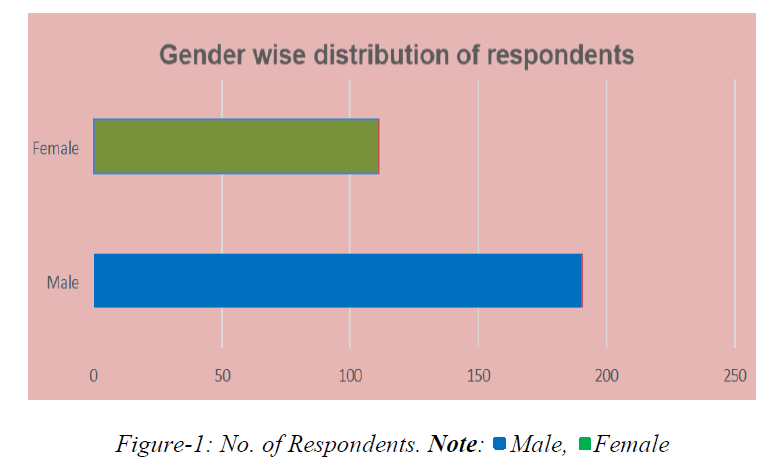
Figure-1: No. of Respondents. Note: Male,
Male,  Female
Female
Table 2 represents branch wise distribution of respondents, 69(22.9%) respondents are from the Management Studies, followed by 57(19.0%) Computer Science and Engineering, 51(17.0%) Electronics and Communication Engineering, 37(12.3%) Information Science and Engineering, and 13(4.3%) are from Mechanical Engineering (Table 2 and Figure 2).
| Branch | No. of respondents | Percentage |
|---|---|---|
| Electronics and Communication Engineering | 51 | 17.00% |
| Mechanical Engineering | 13 | 4.30% |
| Computer Science and Engineering | 57 | 19.00% |
| Civil Engineering | 25 | 8.30% |
| Management Studies | 69 | 22.90% |
| Aeronautical Engineering | 17 | 5.60% |
| Information Science and Engineering | 37 | 12.30% |
| Electrical and Electronics Engineering | 32 | 10.60% |
| Total | 301 | 100.00% |
Table 2: Branch Wise Distribution
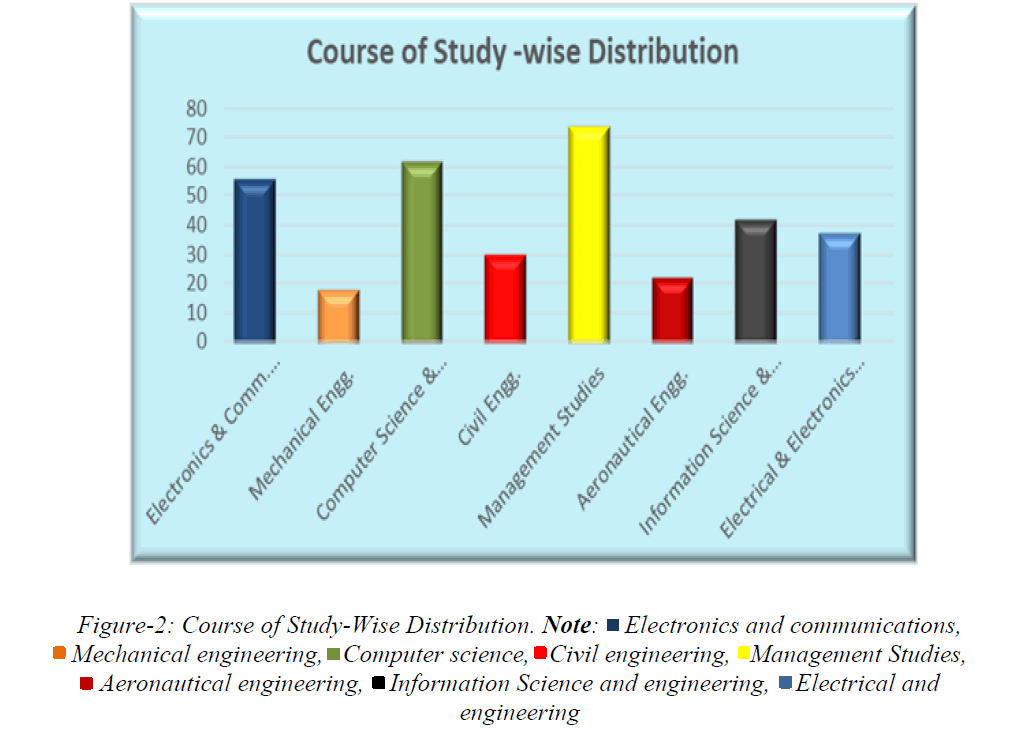
Figure-2: Course of Study-Wise Distribution. Note: Electronics and communications,
Electronics and communications,  Mechanical engineering,
Mechanical engineering,  Computer science,
Computer science,  Civil engineering,
Civil engineering,  Management Studies,
Management Studies,  Aeronautical engineering,
Aeronautical engineering,  Information Science and engineering,
Information Science and engineering,  Electrical and
engineering
Electrical and
engineering
Table 3 displays the qualification-wise distribution of the respondents. The table illustrates that, majority 175(58.1%) of respondents are pursuing PG degree, remaining 126 (4.19%) of respondents are pursuing UG degree (Table 3 and Figure 3).
| Level of study | No. of respondents | Percentage (%) |
|---|---|---|
| Post Graduate | 175 | 58.10% |
| Under Graduate | 126 | 41.90% |
| Total | 301 | 100.00% |
Table 3: Level of Study Wise Distribution
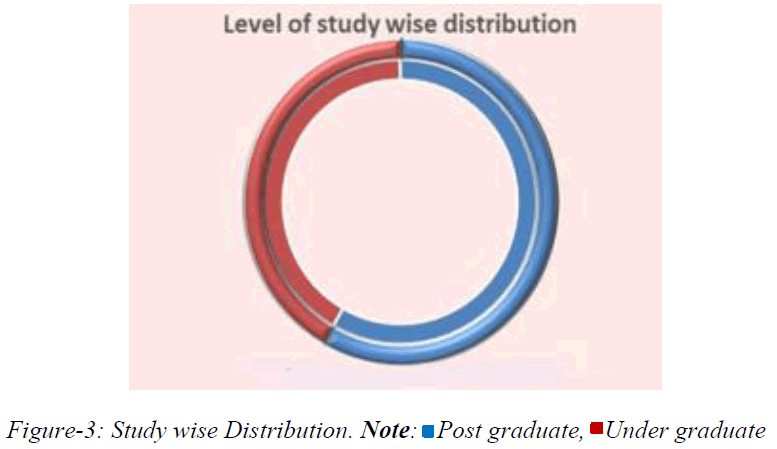
Figure-3: Study wise Distribution. Note: Post graduate,
Post graduate,  Under graduate
Under graduate
Table 4 shows that, 184(61.1%) of the respondents stated that they had no prior knowledge and remaining 117(38.9%) of the respondents opined that they had prior knowledge about virtual classes (Table 4 and Figure 4).
| Opinion | No. of respondents | Percentage (%) |
|---|---|---|
| Yes | 117 | 38.90% |
| No | 184 | 61.10% |
| Total | 301 | 100.00% |
Table 4: Previous Experience in Virtual Classes
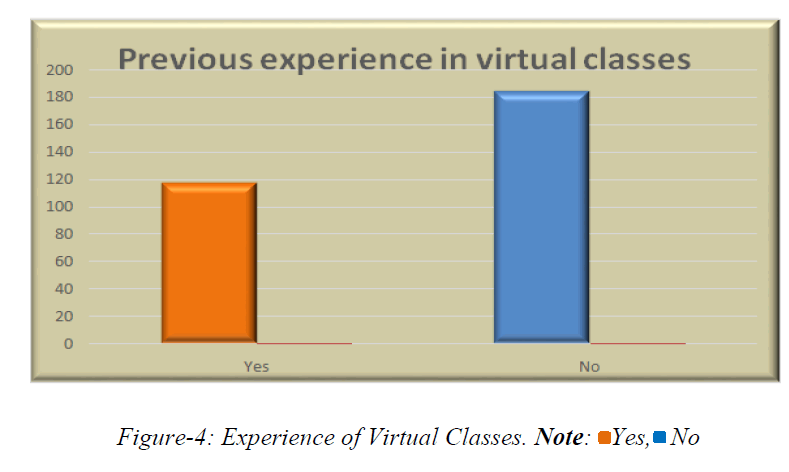
Figure-4: Experience of Virtual Classes. Note: Yes,
Yes, No
No
The Data in Table 5 shows that, the highest number of 182 (60.4%) are using Laptops, while 47(15.6%) are using tablet, 43(14.2%) are prefer to use smart phones and 29(9.7%) of them using desktop for the purpose of virtual classes (Table 5 and Figure 5).
| Device | No. of respondents | Percentage (%) |
|---|---|---|
| Laptop | 182 | 60.40% |
| Smart phones | 43 | 14.20% |
| Desktop | 29 | 9.80% |
| Tablet | 47 | 15.60% |
| Total | 301 | 100.00% |
Table 5: Preferred Device for Virtual Classes
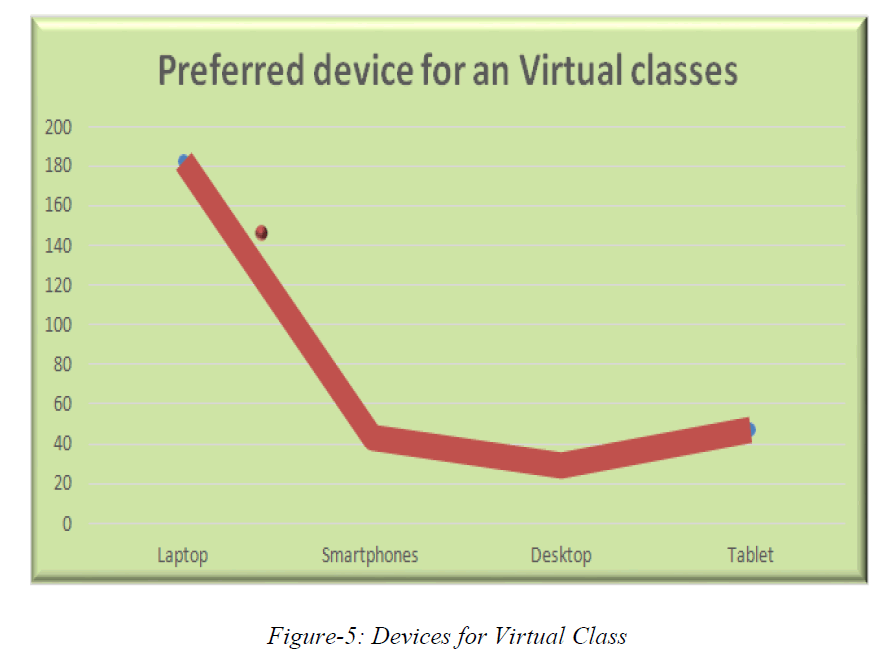
Figure-5: Devices for Virtual Class
Table 6 shows that, 130(43.1%) of the respondents reported that they use Google meet online meeting application for Virtual classes, followed by 134(44.6%) of them use Zoom meeting application and remaining 15(5.0%) of them use Webex meet application (Table 6 and Figure 6).
| Applications | No. of respondents | Percentage (%) |
|---|---|---|
| Google meet | 130 | 43.10% |
| Microsoft Teams | 22 | 7.30% |
| Zoom meeting | 134 | 44.60% |
| Webex meet | 15 | 5.00% |
| Total | 301 | 100.00% |
Table 6: Type of Online Meeting Application for Virtual Classes
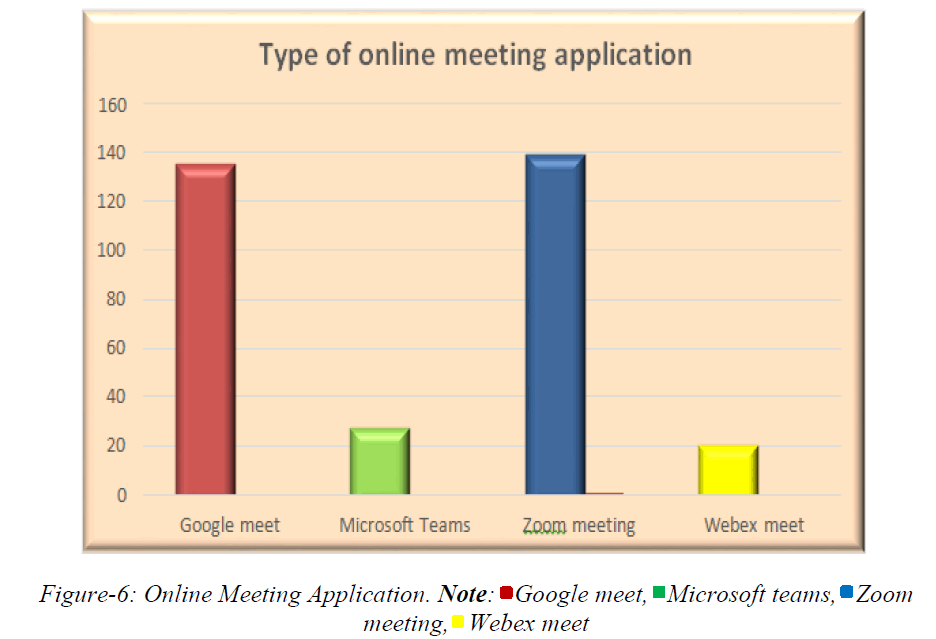
Figure-6: Online Meeting Application. Note:  Google meet,
Google meet,  Microsoft teams,
Microsoft teams,  Zoom
meeting,
Zoom
meeting,  Webex meet
Webex meet
Data in Table 7 shows that, 150(49.9%) students stated that will have access to the learning resources leisurely 24/7 (Coman, et al., 2020). Furthermore, 73(24.1%) students indicated that Virtual classes inspire students to take part in the learning procedure since the teaching mode moved to attention on student learning (self-paced learning). 51(17.0%) students also said that Virtual classes facilitated them to obtain innovative practices and skills (Table 7).
| Advantages of virtual classes | No. of respondents | Percentage (%) |
|---|---|---|
| Online learning is useful for grasping new skills | 51 | 17.00% |
| Self –paced learning | 73 | 24.10% |
| New effective learning tools | 27 | 9.00% |
| Flexibility in time and communication | 150 | 49.90% |
| Total | 301 | 100.00% |
Table 7: The Advantages of Virtual Classes
Results in Table 8 displays that, 124(41.2%) respondents opined that virtual classroom offers a flexible situation for effective interaction, followed by 86(28.5%) respondents showed that virtual classroom supports self-discovery of learning course content, 39(13.0%) of them stated that they will get quick response to their questions and remaining 18(6.0%) of the respondents opined that virtual classroom offers important materials in visible forms (Shaik, et al., 2021) (Table 8 and Figure 7).
| Use of virtual classroom | No. of respondents | Percentage (%) |
|---|---|---|
| It offer flexible environment for Effective interaction | 124 | 41.20% |
| It supports self-discovery of learning course content | 86 | 28.50% |
| I have quick response to my questions | 39 | 13.00% |
| It provides essential materials in visible forms | 18 | 6.00% |
| It would be easy for me to find necessary information when using a virtual classroom platform. | 34 | 11.30% |
| Total | 301 | 100.00% |
Table 8: Virtual Classroom Teaching on Student Academic Performance in COVID-19
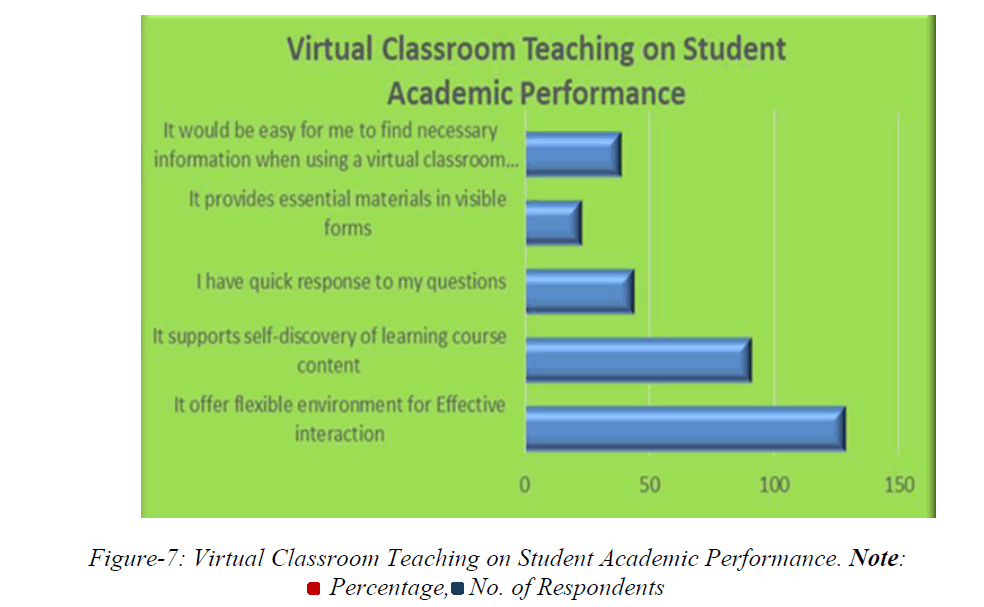
Figure-7: Virtual Classroom Teaching on Student Academic Performance. Note:  Percentage,
Percentage,  No. of Respondents
No. of Respondents
Results in the Table 9 shows that, 198(65.8%) of the students are facing the problems of poor network connectivity, because top quality internet service is expensive, and the reasonable Internet services are poor in quality. Hence, it’s problematic to join live lectures or download media files (Jason, et al., 2001). Furthermore, in assuring areas, due to geographical restrictions, the telecommunication signal is quite distressed. About 63(21.0%) of the student indicated that Poor audio/video quality and remaining 25(8.3%) of respondents are facing the Problem with using the application (Yilmaz, 2015) (Table 9).
| Technical issues | No. of respondents | Percentage (%) |
|---|---|---|
| Poor audio/video quality | 63 | 21.00% |
| Poor network connectivity | 198 | 65.80% |
| Problem with using application | 25 | 8.30% |
| Disconnection | 11 | 3.70% |
| Total | 301 | 100.00% |
Table 9: Technical Problems Encountered by the Students While Virtual Classes
Table 10 shows that, 129(42.8%) of the student are facing Health Issues (eye pain, back pain, headache, etc.), while 78 (26.0%) of them facing the problems of stress, 58(19.2%) of them facing anxiety problems (Table 10).
| General issues | No. of respondents | Percentage (%) |
|---|---|---|
| Lack of face to face interaction | 36 | 12.00% |
| Stress | 78 | 26.00% |
| Health Issues (eye pain, back pain, headache etc.) | 129 | 42.80% |
| Anxiety | 58 | 19.20% |
| Total | 301 | 100.00% |
Table 10: Preferred File Formats to Access and Download E-resources by Faculty Members
Findings of the study
• It was found in the study that, the male respondents (63.1%) are more compared to female (36.9%) respondents.
• Respondents from the Management Studies (22.9%), Computer Science and Engineering (19.0%), Electronics and Communication Engineering (17.0%), Information Science and Engineering (12.3%), and Mechanical Engineering (4.3%) have attended online classes.
• 58.1% of Respondents pursuing PG degree, remaining 4.19% of respondents are pursuing UG degree.
• 61.1% of the respondents opined that they had no prior experience and remaining 38.9% of the respondents conveyed that they had previous experience of virtual classes.
• The highest numbers of respondents (60.4%) are using Laptops, while other respondents (15.6%) used tablet, smart phones (14.2%) and desktop (9.7%) to attend virtual classes.
• Students (49.9%) indicated that online learning made provision to avail learning materials 24/7 leisurely. They said, they are motivated to take part in learning process since virtual classes are student-centered (24.1%), and it assisted them to obtain novel experiences as well as skills (17.0%).
• Most of the respondents stated that they use Google meet (43.1%), Zoom meeting application (44.6%) and WebEx meet application 15(5.0%) platforms to attend online classes.
• Respondents opined that virtual classroom affords flexible environment for effective interaction (41.2%), self-discovery of learning course content (28.5%), quick response to queries (13.0%), and it also delivers necessary materials in visible forms (6.0%).
• Students have encountered some issues while attending online classes. those areproblems of Poor network connectivity (65.8%), poor audio/video quality (21.0%), some of the respondents are (8.3%) facing problem with the use of application.
• Virtual classes are causing health issues (42.8%), problems of stress (26.0%), and anxiety 58(19.2%).
Conclusion and Recommendations
This study explores that virtual classroom learning motivates instructional approaches like collaborative, independent, autonomous, synchronous and asynchronous instructional strategies that expose learners to obtain knowledge and capabilities.
Findings of this study reveal that, E-learning technology facilitates easy information access leading to progressive attitude formation of learners. Institutions/Universities ought to revive tools and technologies to reach and equip students effectively through virtual classes. Teaching faculty and learners should also be trained to use virtual classroom platforms to obtain learning capabilities.
References
- Naji, Khalid Kamal. "Engineering students' readiness to transition to emergency online learning in response to COVID-19: Case of qatar." Eurasia J Math Sci Technol 16.10 (2020).
- Mansor, Mohd Salman Abu, and Aziah Ismail. "Learning styles and perception of engineering students towards online learning." Procedia Soc Behav Sci 69 (2012): 669-674.
- AlAteeq, Deemah A., Sumayah Aljhani, and Dalal AlEesa. "Perceived stress among students in virtual classrooms during the COVID-19 outbreak in KSA." J Taibah Univ Medical Sci 15.5 (2020): 398-403.
[Cross Ref] [Google Scholar] [Pub Med]
- Khan, Mohammed Arshad. "Studentsâ?? perception towards e-learning during COVID-19 pandemic in India: An empirical study." Sustainability 13.1 (2020): 57.
- Koh, Pouline CL, and Sook Khuan Wong. "Studentsâ?? perception of online learning and Institutionâ??s engagement during the Covid-19 Pandemic: A survey study of Taylorâ??s design, architecture and engineering students." J Eng Sci Technol 16.1 (2021): 635-651.
- Pan, Cheng-Chang, and Michael Sullivan. "Promoting synchronous interaction in an eLearning environment." The Journal 33.2 (2005): 27-30.
- Giray, Gorkem. "An assessment of student satisfaction with e-learning: An empirical study with computer and software engineering undergraduate students in Turkey under pandemic conditions." Educ Inf Technol 26.6 (2021): 6651-6673.
[Cross Ref] [Google Scholar] [Pub Med]
- Banday, M. Tariq, Musavir Ahmed, and Tariq R. Jan. "Applications of e-Learning in engineering education: A case study." Procedia Soc Behav Sci 123 (2014): 406-413.
- De Borges, Maria Isabel, Cristina Dias, and Carla Santos. "COVID-19 and online learning in higher education. A case study of students from Portalegre and Beja Polytechnic Institutes." Int J Educ Res 15 (2021): 317-325.
- Alawamleh, Mohammad, Lana Mohannad Al-Twait, and Gharam Raafat Al-Saht. "The effect of online learning on communication between instructors and students during Covid-19 pandemic." Asian Educ Dev Stud (2020).
- Coman, Claudiu. "Online teaching and learning in higher education during the coronavirus pandemic: Studentsâ?? perspective." Sustainability 12.24 (2020): 10367.
- Alavudeen, Sirajudeen Shaik. "The influence of COVID-19 related psychological and demographic variables on the effectiveness of e-learning among health care students in the southern region of Saudi Arabia." Saudi Pharm J 29.7 (2021): 775-780.
[Cross Ref] [Google Scholar] [Pub Med]
- Jason, Leonard A., Cara L. Kennedy, and Renee R. Taylor. "Development and evaluation of a web-based classroom." J Instr Psychol 28.3 (2001): 155-155.
- Yilmaz, Ozgur. "The effects of" live virtual classroom" on students' achievement and students' opinions about" live virtual classroom" at distance education." Turkish Online J Educ Technol 14.1 (2015): 108-115.
Author Info
Prathibha. S. N* and Shilpa Rani. N. R*Received: 26-Sep-2022, Manuscript No. IJLIS-22-75985; Editor assigned: 29-Sep-2022, Pre QC No. IJLIS-22-75985(PQ); Reviewed: 19-Oct-2022, QC No. IJLIS-22-75985; Revised: 26-Oct-2022, Manuscript No. IJLIS-22-75985(R); Published: 02-Nov-2022, DOI: 10.35248/2231-4911.22.12.840
Copyright: This is an open access article distributed under the terms of the Creative Commons Attribution License, which permits unrestricted use, distribution, and reproduction in any medium, provided the original work is properly cited.
Call for Papers
Authors can contribute papers on
What is Your ORCID
Register for the persistent digital identifier that distinguishes you from every other researcher.
Social Bookmarking
Know Your Citation Style
American Psychological Association (APA)
Modern Language Association (MLA)
American Anthropological Association (AAA)
Society for American Archaeology
American Antiquity Citation Style
American Medical Association (AMA)
American Political Science Association(APSA)



